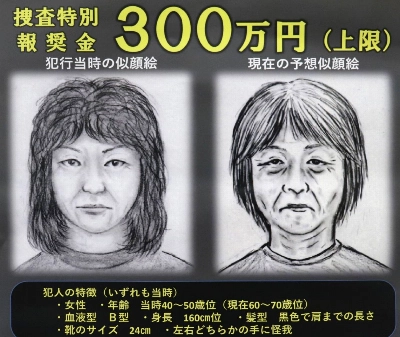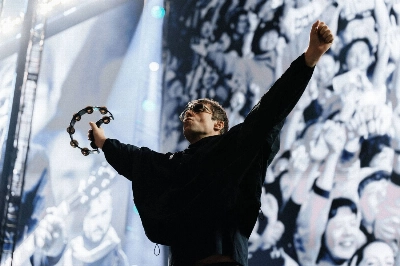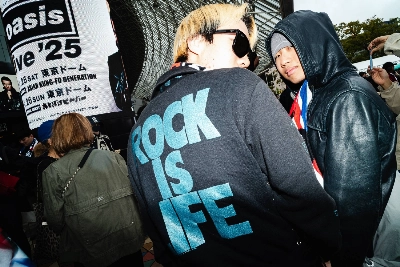The city of Edo -- first designed by Shogun Ieyasu -- was limited to the east by the Sumida River. No bridge was allowed to span the river except Senju Ohashi at the river's head in the far north. (See this column, June 3, 2005)
The ban was lifted after a big fire destroyed most of the city in 1657. From needs to reconstruct and expand the city beyond the river, four bridges were built. Then there was reclamation of the shallow sea and some of the city's functions were moved there. The southern Fukagawa thus emerged close to the river's estuary, linked to the city center by Eitai-bashi, built in 1696. With the advantage of trading in bulky commodities shipped from all over the country, Fukagawa prospered by leaps and bounds from brisk business in rice and lumber, the two "necessities" for life in the Edo Period.
Fukagawa lured pleasure seekers, too. Around Eitai-ji temple and Tomioka Hachiman-gu shrine, which had been founded in the mid-17th century, tea houses mushroomed, attracting local customers and visitors from the city. Offering all kinds of services -- more than just a cup of tea -- the original temporary establishments eventually became a large red-light district and competed in fame and prosperity with the Yoshiwara licensed quarters in Asakusa. Fukagawa's unlicensed demimonde promoted women entertainers with unassuming, crisp demeanors, who were favored by sturdy men in risky long-distance shipping and strenuous labor works.

















With your current subscription plan you can comment on stories. However, before writing your first comment, please create a display name in the Profile section of your subscriber account page.